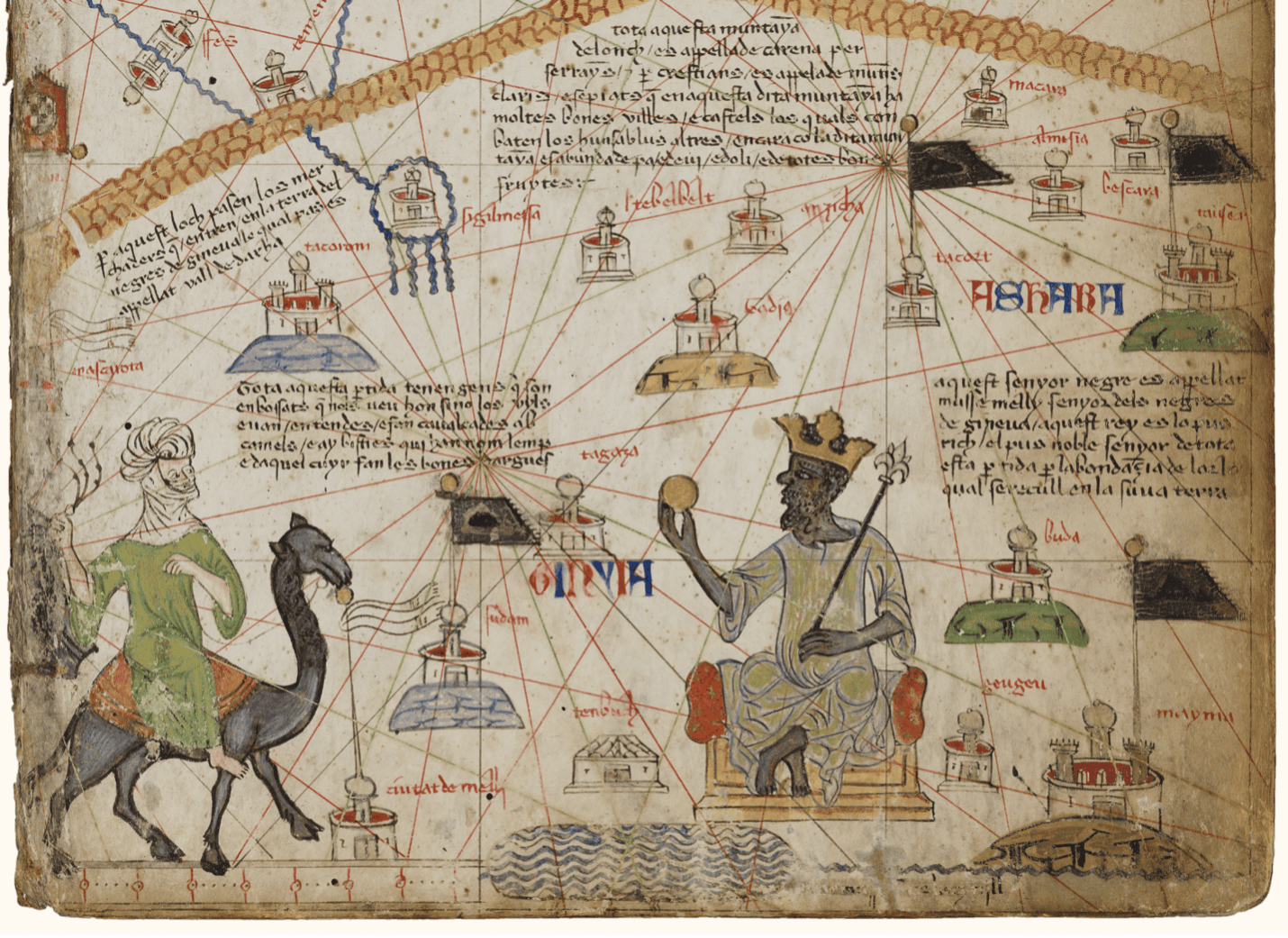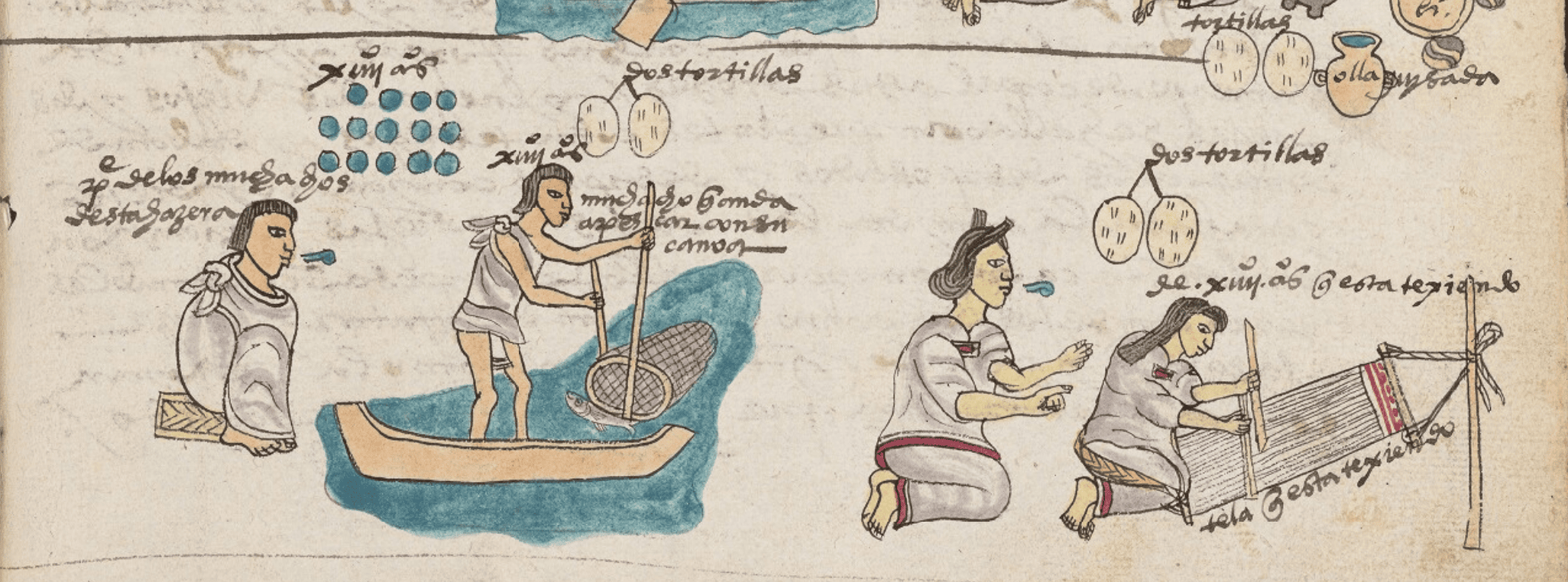From GI Roundtable 19: Building a Workable Peace (1946)
From the point of view of the Americas it was important to know just how the inter-American security system was to fit into the larger world security organization. The same was true for the Arab states, which had just created a regional security system for themselves, and for a number of European states bound together in mutual assistance treaties against the possibility of a rearmed Germany.
The Charter contains some compromises between the extreme views, but it recognizes in principle the supremacy of the worldwide system. Regional systems must be consistent with the purposes of the United Nations Organization; they are to keep the Security Council informed of their activities; and they may take no enforcement action-except against former enemy states-without authorization of the Council.
On the other hand, the Security Council is to encourage pacific settlement of disputes through regional agencies and where possible use them to carry out its own enforcement policies. But while every nation retains the absolute right to act in self-defense individually or collectively, such actions are to be reported to the Security Council and do not bar the Council from taking any subsequent action it deems necessary for peace and security.
Another aspect of the Charter’s regional arrangements is that the Military Staff Committee of the Security Council may be authorized to establish regional subcommittees “after consultation with appropriate regional agencies.”
Related Resources

September 7, 2024
Travel and Trade in Later Medieval Africa

September 6, 2024
Sacred Cloth: Silk in Medieval Western Europe

September 5, 2024